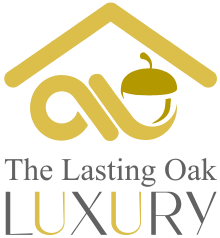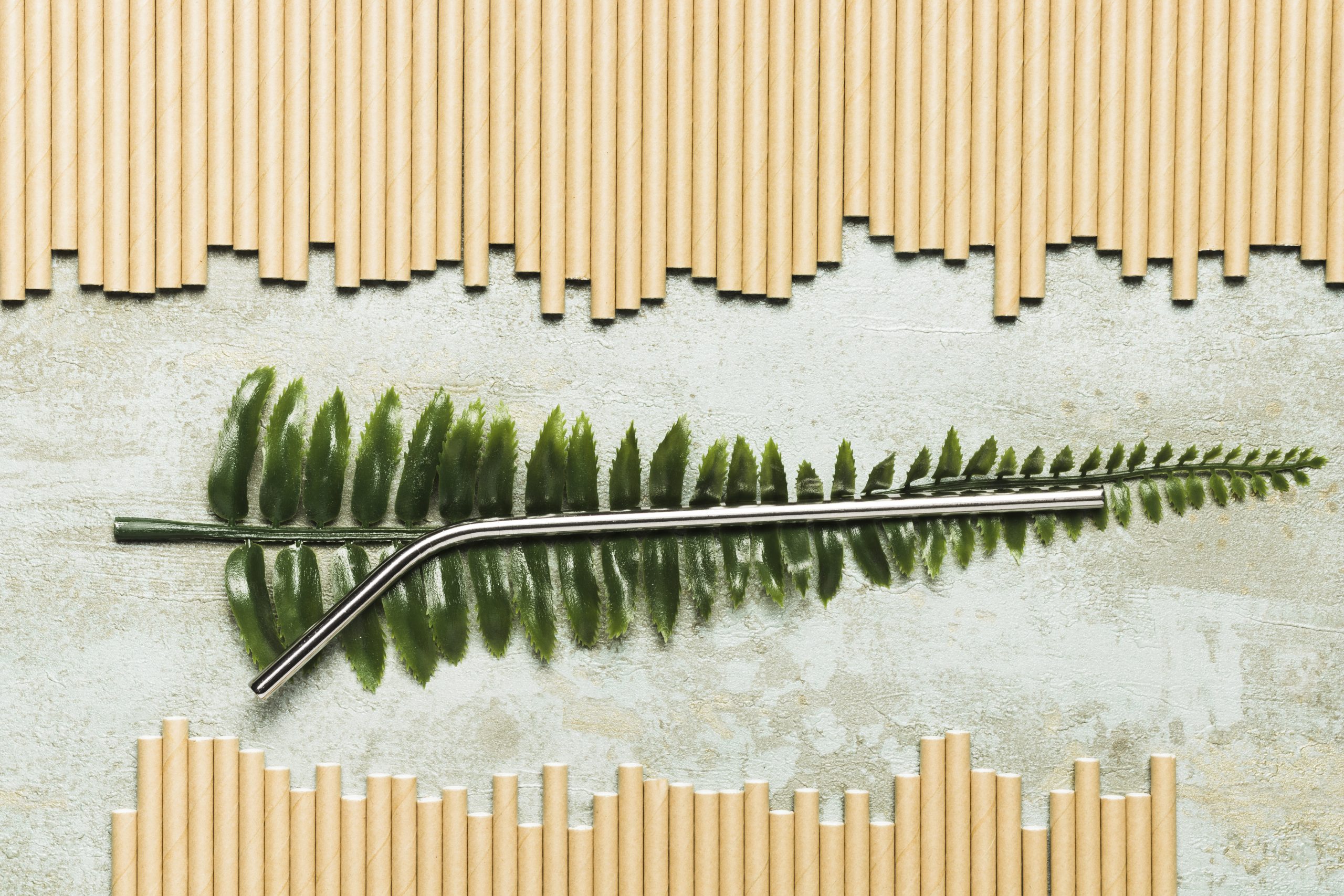Introduction
As modern home design evolves, homeowners and designers are seeking alternatives to traditional materials that enhance both aesthetics and functionality. One area where innovation is particularly noticeable is in wall finishes. Drywall alternatives are growing in popularity as people move toward more unique, sustainable, and creative approaches to interiors. This article, produced by the research and development unit of LastingOak, explores various eco-friendly wall materials, modern wall finishes, and innovative wall treatments that can add character and sustainability to your home. Whether you’re looking for a minimalist design, textured finishes, or eco-conscious solutions, these creative wall design ideas will help you transform any room into a stylish and functional space.
What are the most popular drywall alternatives currently available in the market?
There are a variety of drywall alternatives that cater to different design preferences, sustainability goals, and functional needs. Here are some of the most popular options:
- Plaster:
- Traditional yet timeless, plaster is prized for its smooth, durable finish. It allows for detailed, intricate designs that drywall cannot replicate.
- It’s also fire-resistant and better at soundproofing.
- Wood Paneling:
- Available in different styles like shiplap, beadboard, or reclaimed wood, wood paneling adds warmth and texture.
- Its natural aesthetic works well in both rustic and modern homes, offering a unique, layered look.
- Wall Cladding:
- Wall cladding comes in various materials like stone, brick, metal, or concrete. Stone and brick cladding provide an industrial or rustic appearance, while metal offers a sleek, modern feel.
- It also improves insulation and protects the structure from weather damage.
- Exposed Brick:
- Popular in loft-style or industrial home designs, exposed brick creates a raw, textured look.
- Its durability and natural thermal regulation properties make it a great choice for energy efficiency.
- Bamboo Panels:
- As a sustainable and renewable resource, bamboo is a fast-growing material that adds an organic, eco-friendly vibe to interiors.
- Bamboo panels are lightweight yet durable, making them ideal for modern, nature-inspired designs.
How do eco-friendly wall materials compare to traditional drywall in terms of sustainability and performance?
Eco-friendly wall materials often surpass traditional drywall in terms of both sustainability and performance. Here’s how they compare:
- Sustainability:
- Drywall: The production of drywall requires mining gypsum, which depletes natural resources and involves energy-intensive processes. Additionally, drywall contributes to landfill waste.
- Eco-friendly materials: Options like bamboo, cork, reclaimed wood, and natural plaster are renewable, biodegradable, or made from recycled content. For example, reclaimed wood reduces the need for new tree harvesting, while bamboo is rapidly renewable.
- Energy Efficiency:
- Many eco-friendly wall materials provide superior insulation compared to drywall. Materials like wood and cork have natural thermal properties, helping reduce energy costs by maintaining a consistent temperature indoors.
- Durability:
- Traditional drywall can be easily damaged by moisture, dents, or impacts, requiring frequent repairs.
- In contrast, materials like plaster, stone cladding, and wood paneling are more durable, lasting longer with minimal maintenance. Plaster, for example, resists cracking and can last for decades with proper care.
- Air Quality:
- Drywall can emit volatile organic compounds (VOCs) if used with certain adhesives or paints.
- Eco-friendly materials like natural plaster, reclaimed wood, and bamboo do not release harmful chemicals, improving indoor air quality.
What are some creative wall design ideas that modern homeowners can use instead of drywall?
Modern homeowners looking for creative wall design ideas can explore a wide variety of drywall alternatives that provide both functionality and visual appeal. Here are a few ideas:
- Textured Plaster:
- Homeowners can experiment with textured finishes to create depth and character. Venetian plaster, for instance, gives a smooth, marble-like finish that adds a touch of luxury to any space.
- Living Walls:
- Also known as vertical gardens, living walls bring nature indoors. These walls are made up of a variety of plants that grow vertically, creating a green, natural look that is both calming and eco-friendly.
- Metal Panels:
- For a sleek and industrial look, metal wall panels are a great alternative. These can be used as accent walls in modern homes, providing a cool, minimalistic vibe.
- Natural Stone:
- Stone cladding or full stone walls bring an earthy, organic element into a home. Materials like slate or travertine can serve as stunning focal points in living rooms or kitchens.
- Geometric Wood Panels:
- Wood can be used creatively in geometric patterns to add an artistic and modern touch. These panels can be custom-designed to fit the room’s layout and can vary in color and texture.
What are the cost differences between modern wall finishes and traditional drywall installation?
When comparing modern wall finishes to traditional drywall, the costs vary depending on the material used and the complexity of installation. Here’s a breakdown:
- Drywall:
- Installation costs: $1.50 to $3 per square foot.
- Drywall is generally one of the most affordable wall finish options, but it may require frequent maintenance due to its susceptibility to dents and moisture.
- Plaster:
- Installation costs: $3 to $10 per square foot.
- Although more expensive than drywall, plaster offers superior durability and a smoother finish. Its long lifespan can make it a better investment over time.
- Wood Paneling:
- Installation costs: $5 to $15 per square foot.
- Wood paneling can be more costly upfront, but it adds significant character and value to a home. Reclaimed wood paneling can be slightly more expensive due to the labor involved in sourcing and preparing the materials.
- Stone Cladding:
- Installation costs: $8 to $20 per square foot.
- Stone cladding is one of the pricier drywall alternatives, but it’s highly durable and adds a luxurious, timeless appeal to any space.
- Metal Panels:
- Installation costs: $10 to $30 per square foot.
- While expensive, metal panels offer a long-lasting, low-maintenance alternative to drywall and create a striking, modern aesthetic.
How do drywall alternatives like wall panels and wall cladding contribute to insulation and soundproofing?
Many drywall alternatives offer superior insulation and soundproofing properties compared to traditional drywall. Here’s how:
- Insulation:
- Wood Paneling: Wood is a natural insulator due to its cellular structure, which traps air. This helps in maintaining a stable indoor temperature, reducing the need for heating and cooling, which can lower energy bills.
- Stone Cladding: Stone has excellent thermal mass, meaning it can absorb and slowly release heat, keeping homes cool in summer and warm in winter.
- Cork Panels: Cork is highly insulating and eco-friendly, making it an excellent choice for walls that need both thermal insulation and soundproofing.
- Soundproofing:
- Cork and Wood Panels: These materials are known for their sound-absorbing qualities, reducing noise transfer between rooms. Cork’s natural cellular structure dampens sound vibrations, while wood also reduces sound transmission.
- Plaster: Thick plaster walls have natural sound-dampening properties, making them an ideal choice for home offices, bedrooms, or media rooms where noise control is essential.
- Acoustic Foam Panels: These are specifically designed to absorb sound and are often used in areas requiring high levels of soundproofing, such as music studios or home theaters.
Conclusion
As home design trends shift towards more sustainable and creative approaches, drywall alternatives provide a unique way to personalize interiors. Whether you’re drawn to the durability of plaster, the sustainability of bamboo, or the rustic charm of reclaimed wood, these modern wall finishes can transform any room. At LastingOak, we believe in offering our clients the most innovative and eco-friendly solutions for their home designs, ensuring that their spaces not only look beautiful but also support sustainable living.
Frequently Asked Questions (FAQs)
1. What are the best alternatives to drywall for modern home interiors?
There are several popular alternatives, including plaster, wood paneling, exposed brick, bamboo panels, and stone or metal cladding, all offering unique textures and durability beyond what drywall provides.
2. Which drywall alternatives are suitable for high-traffic areas?
Options like plaster, stone cladding, and wood paneling are more durable and resistant to damage, making them ideal for high-traffic areas like hallways and living rooms.
3. Are drywall alternatives better for insulation and soundproofing?
Yes, many drywall alternatives like wood, cork panels, and stone provide superior insulation and soundproofing compared to traditional drywall, which helps with energy efficiency and noise reduction.
4. What are the benefits of using eco-friendly wall materials over drywall?
Eco-friendly materials like bamboo, reclaimed wood, and natural plaster are renewable, biodegradable, and contribute to better indoor air quality by avoiding harmful chemicals often found in drywall.
5. How do the costs of drywall alternatives compare to traditional drywall?
While drywall is more affordable, alternatives like plaster, wood paneling, and stone cladding may have higher upfront costs but offer better longevity, less maintenance, and superior design appeal.
6. Can I use drywall alternatives in humid or moisture-prone areas?
Yes, materials like plaster and stone are moisture-resistant and work well in bathrooms or kitchens, unlike drywall which can easily get damaged by moisture.
7. How do I maintain and clean alternative wall finishes like plaster or wood paneling?
Most alternatives require less maintenance than drywall. Plaster can be wiped clean with a damp cloth, and wood paneling just needs regular dusting or light cleaning depending on the finish.
8. What is the environmental impact of drywall compared to alternatives?
Drywall production involves mining gypsum and energy-intensive processes, which contribute to waste. In contrast, alternatives like reclaimed wood, cork, and bamboo are more sustainable and have a lower environmental impact.
9. Can drywall alternatives be customized for modern designs?
Yes, many alternatives like geometric wood panels, metal cladding, and textured plaster can be customized to fit modern or minimalist design aesthetics, offering more creative freedom than drywall.
10. Are there any health benefits to using drywall alternatives?
Many alternatives, especially eco-friendly materials like cork and natural plaster, do not emit harmful VOCs (volatile organic compounds) like some types of drywall, improving indoor air quality and reducing health risks.


